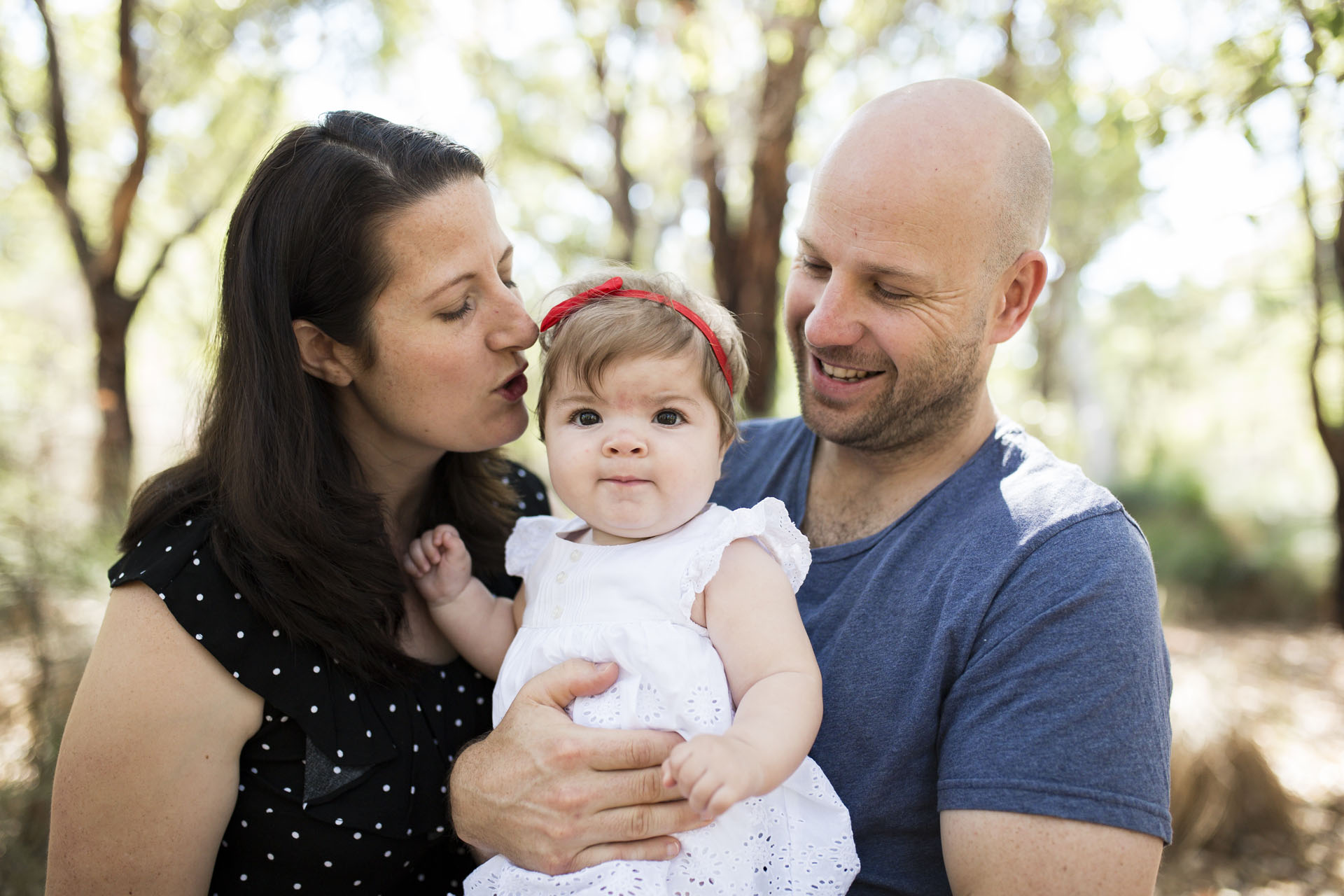For most couples, the chances of having a child with Sanfilippo are slim – about 1 in every 70,000 babies are born with Sanfilippo.
However, if there is Sanfilippo in your family tree, the risk could be up to 180 times higher.
Couples can be screened for the genetic changes that cause Sanfilippo before they fall pregnant, and if there is a high risk, family planning options can be considered, such as IVF with genetic screening to select embryos that do not have the genetic change.
How is Sanfilippo inherited?
Everybody has two copies of each gene, one inherited from their mother, and one from their father (with some exceptions).
Sanfilippo is an ‘autosomal recessive disorder’. This means that for a child to inherit Sanfilippo, he or she must get one faulty gene from each parent.
If both parents have one copy of the faulty Sanfilippo gene, then for each pregnancy there is a one-in-four chance of having a child with Sanfilippo.

What are carriers?
Carriers are people who have one copy of the faulty gene and one healthy gene. They do not have any symptoms and usually don’t know that they are a carrier.
If we take Sanfilippo Type A as an example, approximately 1 in every 169 people in the general population are carriers of the faulty gene. The chance of two people getting together who both have the same faulty gene and having a baby with Sanfilippo Type A is about 1 in 114,000.
However, the risk increases if there is any family history of Sanfilippo, and this risk varies depending on where in the family tree you and the affected child are. Please see the table below for examples. A genetic counsellor can also calculate and explain the risk to you.

Table 1: Risk of having a child with Sanfilippo Syndrome
(Reference: Meikle PJ, Hopwood JJ, Clague AE and Carey WF. Prevalence of lysosomal storage disorders. JAMA. 1999 Jan 20;281(3):249-54.)
How do I get tested?
To arrange for testing you will need to see a genetic counsellor, which will require a referral, usually from your GP.
The genetic counsellor will help you understand the risk and organise for tests to be done. There will be out of pocket costs involved, even when accessing through the public system. To find a genetic counsellor in your area you can search on this website.
Alternatively, private genetic testing can be arranged. You can find more information about the types of tests and providers available here.
The conditions that are screened for in these tests are individually rare, but collectively they affect approximately one in every 300 pregnancies, even without a family history of genetic disease. For this reason, the Royal Australian and New Zealand College of Obstetricians and Gynaecologists recommends that all couples planning a pregnancy or in their first trimester should be given information about these tests and how to access them.
If you have trouble accessing genetic testing, please contact us: research@sanfilippo.org.au
Carrier Screening in the Future
In November 2018 The Australian Government announced the launch of a $20-million carrier screening project – Mackenzie’s Mission. The Mackenzie’s Mission pilot program will screen 10,000 couples to see if they are carriers of a genetic condition that could be passed on to a child.
The screening will include around 500 genes associated with severe, life-limiting conditions and if the pilot is successful, the carrier screen could be widely offered to the general public. You can read more information on Mackenzie's Mission here.

Read Matilda's Story
One Australian family has experienced Sanfilippo across two generations and were given inadequate genetic counselling. Read Matilda's Story here.
Matilda’s parents Kate and Lachlan were told “not to worry”, and that the chances of Kate also being a carrier were so slim. Sadly, Matilda has inherited Sanfilippo, the same disease which took the life of Matilda’s uncle in the 1990s.
If there is a family history of Sanfilippo we urge you to PLEASE seek genetic counselling




